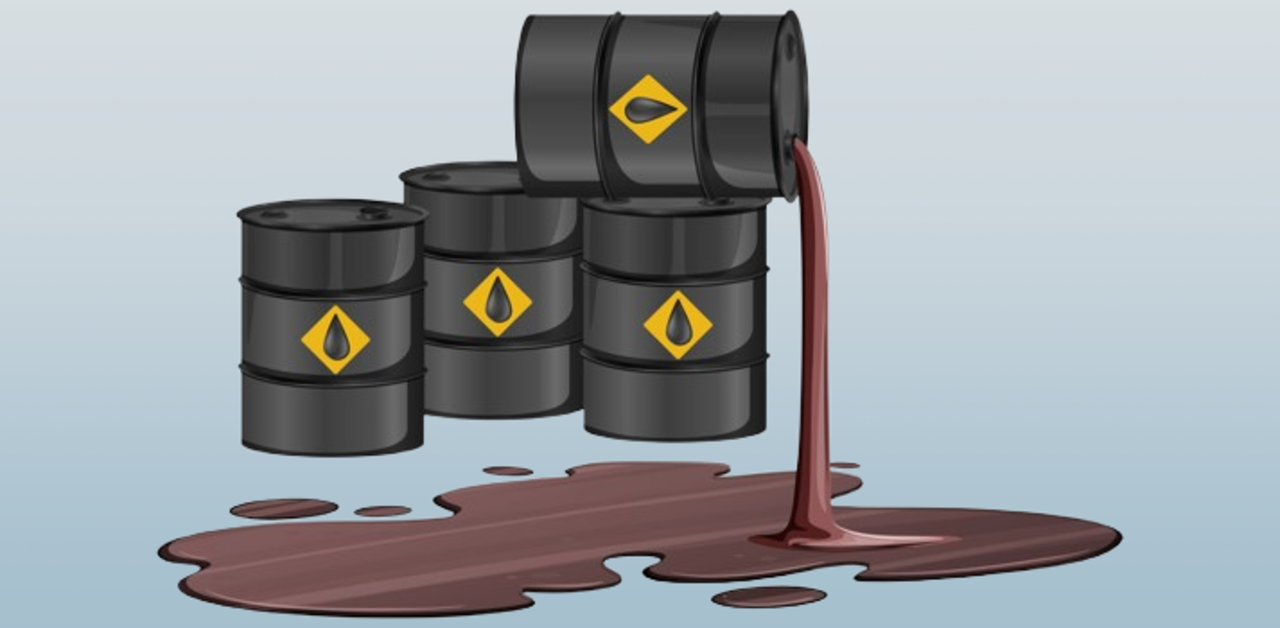Ethanol Blending is the mixing of ethanol with petrol in certain proportions, like ethanol+petrol (20%+80%). Ethanol is an alcohol-based fuel usually made from sugarcane, molasses.
As you know, energy is a lifeline for every growing economy like India, where the population is increasing day by day, and the energy needs are growing.
To secure their growing needs, there must be alternative energy sources to fulfill their energy demand.
India is a net Importer of crude oil, which puts India under a burden on its current account. This is a serious concern for a growing country like India.
In this article, we discuss ethanol, ethanol blending, benefits, challenges, and government approaches. If you want to read about ethanol Blending, you have come to the right place.
Table of Contents
What is Ethanol?
Ethanol(C2H5OH) is a simple alcohol that can be produced from biomass such as sugarcane, corn, rice, wheat, and agricultural residues. It is a renewable, biodegradable, and clean-burning fuel.
When blended with petrol, ethanol improves the fuel’s combustion efficiency, reduces greenhouse gas emissions, and helps lower air pollution.
The Blending level can go 5% to 100% ethanol in different countries. It began after the oil crisis of the 1970s.
Crops–>Fermentation–>Purification–>Ethanol–>Blending–>Transportation–>Fuel station
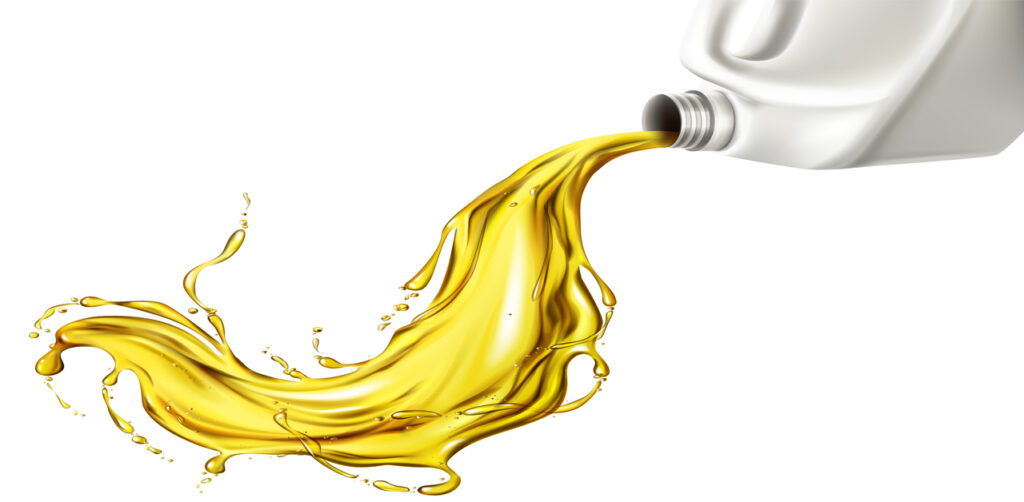
The Need Of Ethanol Blending In India
1. Reduction of Oil Imports
It is because India imports approximately 85 percent of its crude oil needs that leads to heavy expenditure of foreign exchange.
Through blending of ethanol, there will be a decrease in the consumption of pure petrol, hence reducing the level of importation.
2. Increasing the income of the farmers
Blending also creates a sure market for farmers as ethanol is primarily produced using sugarcane and other crops.
Excess sugarcane and spoiled grains, which would have been wasted, are used in making ethanol, which is helpful to rural communities.
3. Environmental Benefits
Ethanol-blended fuel curbs the amount of carbon monoxide, hydrocarbons, and particulate emissions in comparison to ordinary petrol.
It also helps meet India’s pledge under the Paris Climate Agreement to decarbonize.
4. Waste Utilization
Agricultural waste (rice husk, maize stalks, and wheat straw) may be utilized in second-generation ethanol production, which would be a sustainable method of disposing of crop residue in addition to limiting stubble burning.
If you want to buy a book, “The Oxford Atlas for India“, then you should visit here.

Government Initiatives
In 2003, the Government of India initiated the Ethanol Blended Petrol Program (EBP), which aimed at promoting ethanol as an alternative to petrol.
Initially, a blend of 5 percent was planned, but since there were difficulties in supply and infrastructure, the progress was slow.
Nevertheless, recent years have witnessed the rapidity of the program with the help of significant policy measures.
- National Biofuel Policy 2018: This policy put in place the infrastructure to increase the ethanol production through a variety of sources such as sugarcane juice, B-heavy molasses, damaged food grain, and agricultural wastes.
- Goal: The government has set a goal of meeting 20% ethanol blending with petrol by 2025-26, as compared to the earlier one of 2030.
- Financial Incentives: Interest subvention schemes, soft loans, and an increase in the price of ethanol procurement have been implemented to provide an incentive to sugar mills and distilleries to increase their production capacities.
- Oil Marketing Companies (OMCs): The OMCs, such as Indian Oil, BPCL, and HPCL, are the public sector companies that have been mandated to procure ethanol at pre-determined prices, thereby ensuring stability to the producer.
If you want to read an article about the Pradhan Mantri Fasal Bima Yojana (PMFBY) in detail, you can click on PMFBY.
Achievement
India has recorded an impressive development in ethanol blending in the recent past:
In 2013-14, the level of ethanol mixing was less than 2%.
The ethanol blending levels rose to approximately 8.5 percent by 2020-21.
In March 2022, India met its goal of blending 10 per cent ethanol in fuel, five months before the target date.
The target of the government is currently 20 percent ethanol blending by the year 2025, which will save the country close to 4 billion US dollars per year in oil import invoices.
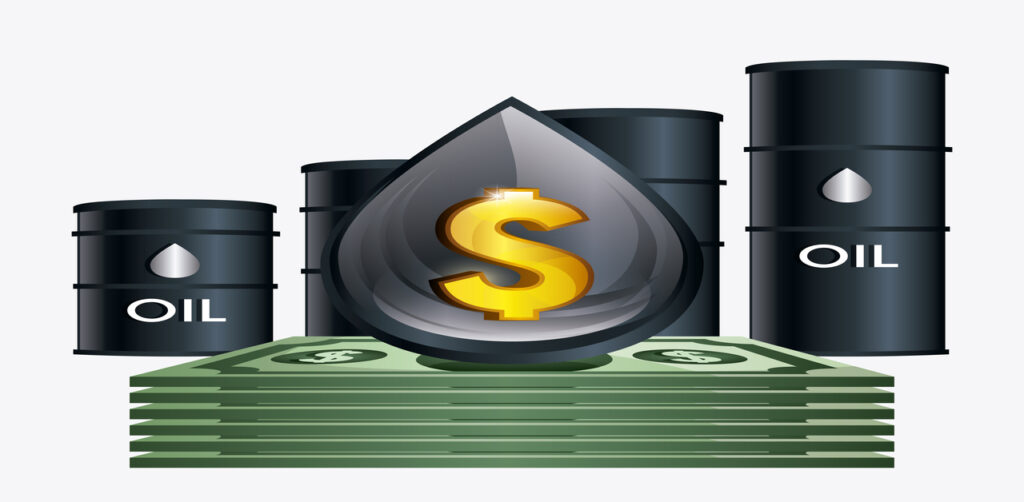
Ethanol In India
- First-Generation (1G) Ethanol: This ethanol is produced with juice of sugarcanes, molasses, and food grains such as corn and rice.
- 2G Ethanol: Is obtained from agricultural waste material like rice straw, wheat husk, and maize stalks. This is regarded as more sustainable because it does not divert food crops.
- Third-Generation (3G) Ethanol: Despite still being under research in India, it is produced by utilizing algae and other non-conventional feedstocks.
Today, most ethanol production in India is based on sugarcane feedstock, although there are attempts to diversify sources to have a steady volume.
Economic and Social Benefits
- Farmer Empowerment: Farmers now have a second source of income out of crops that have previously been regarded as surplus or waste. This assists in curtailing the suffering due to declining sugar prices and undesired grains.
- Rural Employment: Ethanol plants and industries related to these contribute to rural employment, an aspect that the government vehemently supports in rural development.
- Savings Across the Ocean: Ethanol blending reduces the number of dollars spent on importing crude oil and thus saves the country billions of dollars on an annual basis, which bolsters the economy.
Environmental Impact of Ethanol Blending
The blending of ethanol cuts down the emission of carbon monoxide by up to 35 percent and hydrocarbons by up to 20 percent.
It also assists in improving stubble burning, which causes a major problem of air pollution in northern India, especially during winter.
Being a renewable fuel, ethanol helps decarbonize the transport sector, which is a major greenhouse gas emissions.
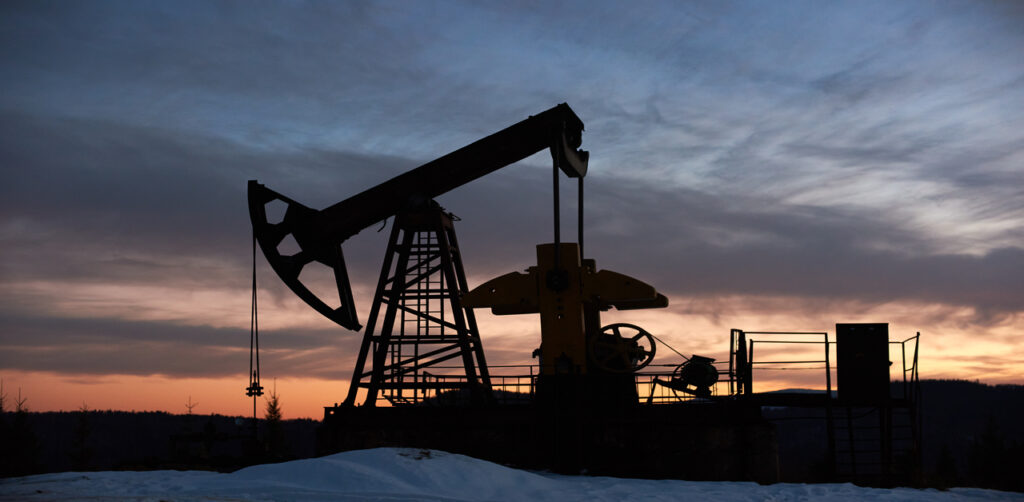
Challenges before Ethanol Blending
Even after the developments, ethanol blending in India is subject to several challenges:
1. Feedstock Dependency: Excessive use of sugarcane causes disquiet in the matter of water usage since sugarcane is a crop that consumes a lot of water.
2. Food vs Fuel Debate: Sometimes, the use of food grains in making ethanol can be a cause of concern as far as food security is concerned.
3. Infrastructure Shortages: There are gaps in storage, distribution, and blending infrastructures that should be increased nationally.
4. Technical obstacles: The use of the second-generation ethanol at a large scale necessitates sophisticated technology and investments.
5. Vehicle Mobility: Blending of higher ethanol contents, such as E20, entails modifications in the engines, and there is low consumer knowledge on its employment.
6. Lower Efficiency: Ethanol has less energy than petrol. It slightly reduces the mileage of vehicles.
It can damage some fuel system components. Older vehicles could face wear and tear issues.
Policy and Consumer Concerns
1. No Choice: The government has not given any choice to the consumer whether to fill petrol or ethanol-blended fuel.
2. Pricing Mismatch: The Government claims that if the blended fuel is available in the market, the prices will reduce, but the reduced rate has not been seen.
3. Insurance: No clear guarantee has been given to the consumers that the vehicles will not be damaged by this blended fuel.
Future Prospects of Ethanol Blending
India is making proactive attempts to beat these challenges and take ethanol blending to the next level:
1. Setting up 2G ethanol plants in the state, such as Haryana, Uttar Pradesh, and Odisha, to process crop residuals.
2. Promoting the automobile manufacturing industry to manufacture E20-compatible vehicles. Large automakers have already begun working on engines made to run on higher levels of ethanol blending.
3. Supporting research into superior ethanol technologies, such as algae-based biofuels.
4. The expansion of ethanol to non-traditional states and a diversification of feedstock to offer supply stability.
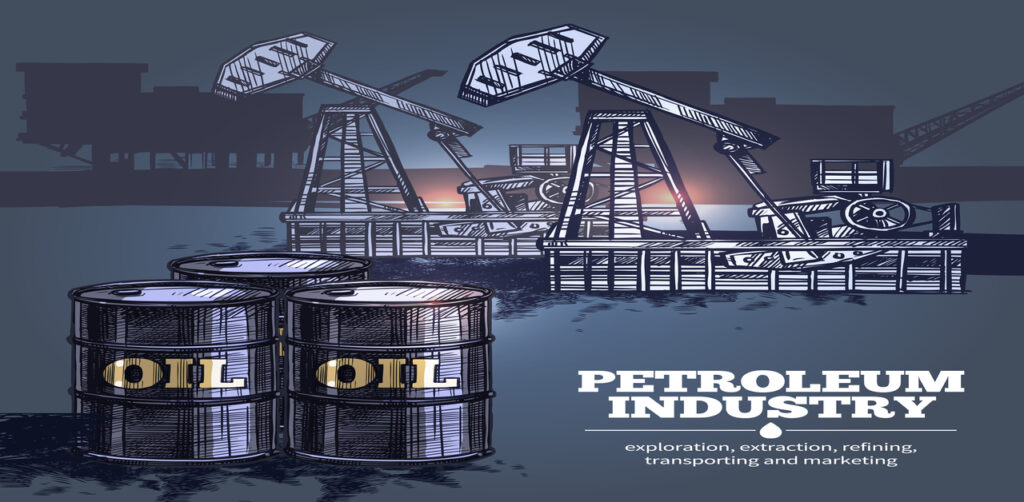
Conclusion
Ethanol mixing in India is not merely an energy plan, but a multi-billion-dollar plan, as it helps provide energy stability, environmental friendliness, agricultural security, and economic development.
Meeting increased blending targets, India will not only minimize their reliance on imported fossil fuels but will also lead a powerful example of embracing renewable energy options at a national level.
There might be obstacles to overcome on the road ahead, but with a robust set of policies, through technology and industry involvement, India is set to revolutionize the energy sector with its ethanol blending program. It will be one step further in a greener, cleaner, and self-reliant future.

